Maintaining a pristine and healthy aquarium environment hinges on meticulous upkeep, including the proper cleaning of aquarium ornaments. These decorative pieces, whether ceramic, glass, plastic, stone, or wood, can harbor algae, debris, and other unwanted elements. Proper cleaning not only enhances the visual appeal of your aquarium but also safeguards the health of your aquatic inhabitants by preventing the buildup of harmful substances.
This comprehensive guide delves into the essential aspects of aquarium ornament cleaning. From choosing the right cleaning methods to understanding the effectiveness of various solutions, we provide a thorough step-by-step approach, tailored to different ornament materials. We also offer valuable insights on preventing future buildup and troubleshooting common issues.
Introduction to Aquarium Ornament Cleaning
Maintaining a healthy and vibrant aquarium environment requires diligent attention to all its components, including aquarium ornaments. Regular cleaning of these decorative items is crucial for preventing the buildup of algae, debris, and harmful bacteria, which can negatively impact water quality and the overall well-being of the fish and other aquatic life. This process also helps maintain the aesthetic appeal of the aquarium, ensuring a visually pleasing and enjoyable space.Different aquarium ornaments have varying potential cleaning needs.
Natural materials, such as wood and stone, often require more frequent cleaning than artificial ones due to their porous nature, which can harbor bacteria and algae more easily. The presence of crevices and intricate designs on ornaments also influences cleaning requirements. Plastic and resin ornaments, on the other hand, might not accumulate as much debris, but still benefit from regular cleaning to maintain their aesthetic appeal and prevent the build-up of organic matter.
Common Aquarium Ornament Materials and Cleaning Needs
Different materials used in aquarium ornaments necessitate different cleaning approaches. Understanding these distinctions allows for a more targeted and effective cleaning routine.
- Natural Materials (e.g., wood, stone, driftwood): These materials are often porous and can harbor bacteria and algae more readily. Regular cleaning is essential to prevent the accumulation of organic matter and maintain water quality. Cleaning these materials typically involves gentle scrubbing with a soft brush and a mild aquarium cleaner, avoiding harsh chemicals that could damage the material or leach into the water.
- Artificial Materials (e.g., resin, plastic, ceramic): These materials are generally less porous than natural ones and are less prone to accumulating bacteria and algae. Cleaning is still important to prevent the build-up of organic matter and maintain aesthetic appeal. A gentle scrub with a soft brush and mild cleaner is usually sufficient for these materials.
- Glass or Metal Ornaments: These items are often very durable and require less frequent cleaning compared to porous materials. Regular cleaning is important to maintain their shine and prevent the accumulation of debris. Mild cleaning solutions and a soft cloth or sponge can effectively clean these ornaments.
Safe Handling and Cleaning Procedures
Safe handling and cleaning of aquarium ornaments are crucial to avoid harming aquatic life and maintaining water quality. These procedures Artikel the steps to take when cleaning aquarium ornaments.
- Turn off the filter and heater: This measure reduces the risk of disturbing the aquarium environment and potential harm to the aquatic life.
- Remove the ornament from the aquarium: Carefully remove the ornament to avoid accidentally harming fish or other aquatic life. Ensure proper handling and placement to prevent breakage.
- Rinse the ornament under a gentle stream of aquarium water: This removes loose debris and prevents the introduction of chemicals from other cleaning agents into the aquarium water.
- Use a soft brush and mild cleaning solution: Avoid harsh chemicals or abrasive materials that can damage the ornaments or leach harmful substances into the water. Choose a cleaner specifically formulated for aquarium use.
- Thoroughly rinse the ornament with aquarium water: Ensure all traces of cleaning solution are removed to prevent any potential harm to aquatic life.
- Return the ornament to the aquarium: Place the ornament back in the aquarium after ensuring it is thoroughly clean and free of cleaning solution residue.
Appropriate Cleaning Tools and Solutions
Using the right cleaning tools and solutions is essential for effective and safe ornament cleaning. This section details the recommended tools and solutions for optimal results.
- Soft-bristled brush: A soft-bristled brush is ideal for gently cleaning ornaments without scratching or damaging the surface. A toothbrush, for instance, can be a suitable alternative.
- Mild aquarium cleaner: Use a cleaning solution specifically formulated for aquarium use to prevent introducing harmful chemicals into the water.
- Aquarium-safe cleaning solution: Ensure the chosen cleaning solution is specifically designed for aquariums to prevent any adverse effects on aquatic life or the aquarium environment.
Cleaning Methods for Different Ornament Materials
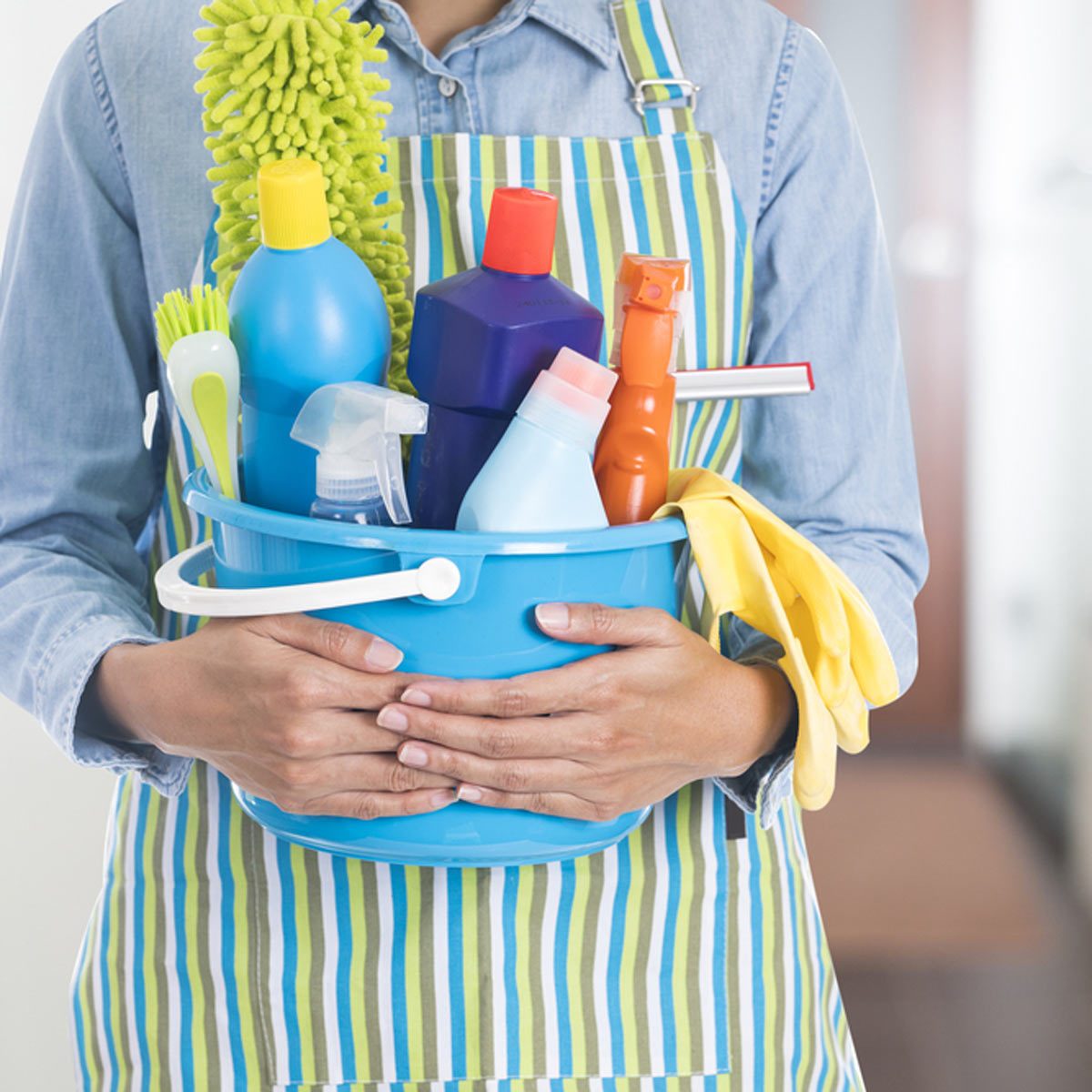
Proper aquarium ornament cleaning is crucial for maintaining a healthy aquatic environment. Different materials require specific cleaning techniques to prevent damage and ensure the safety of your fish and plants. Careful consideration of these methods will extend the lifespan of your decorations and maintain their aesthetic appeal.Various factors influence the optimal cleaning method for each ornament material. These factors include the material’s composition, its susceptibility to damage from certain cleaning agents, and the potential for harming the aquarium inhabitants.
Choosing the right cleaning approach ensures the safety and effectiveness of the cleaning process.
Ceramic Ornament Cleaning
Ceramic ornaments are generally durable and can withstand a range of cleaning methods. Gentle scrubbing with a soft-bristled brush and a mild dish soap solution is often sufficient. Avoid abrasive cleaners or harsh scrubbing, as these can scratch the surface. Rinsing thoroughly with aquarium-safe water is essential to remove all traces of soap residue.
Glass Ornament Cleaning
Glass ornaments are delicate and susceptible to scratching. Using a soft cloth or sponge moistened with a mild cleaning solution is recommended. Avoid abrasive materials or harsh chemicals, which could cause damage. For stubborn stains, a mixture of water and a mild dish soap can be effective. Always rinse thoroughly to prevent buildup.
Safety precautions include ensuring the glass is completely dry before placing it back in the aquarium to prevent water spots.
Plastic Ornament Cleaning
Plastic ornaments vary in composition, influencing the appropriate cleaning methods. For hard plastics, a mild dish soap solution and a soft cloth or sponge can be effective. Avoid harsh chemicals or abrasive cleaners. For softer plastics, a damp cloth or sponge with mild soap may be sufficient. Gentle scrubbing is key to prevent damage.
It’s vital to ensure the plastic is completely dry before returning it to the aquarium to prevent mold or mildew growth.
Natural Stone or Wood Ornament Cleaning
Natural stone or wood ornaments require special care. Avoid harsh chemicals or abrasive materials, as these can damage the surface. A soft cloth or sponge with a mild soap solution is usually sufficient. If necessary, gently scrub the surface with a soft-bristled brush. Thorough rinsing with aquarium-safe water is crucial.
Important considerations for natural stone or wood include potential discoloration or damage from prolonged exposure to water or chemicals.
Comparison of Cleaning Methods
| Ornament Material | Best Cleaning Method | Cleaning Tools | Cleaning Solutions | Safety Precautions |
|---|---|---|---|---|
| Ceramic | Gentle scrubbing with a soft-bristled brush and mild dish soap solution | Soft-bristled brush, sponge | Mild dish soap, water | Avoid abrasive cleaners, harsh scrubbing |
| Glass | Soft cloth or sponge with mild cleaning solution | Soft cloth, sponge | Water, mild dish soap | Avoid abrasive materials, ensure complete drying |
| Plastic | Mild dish soap solution and a soft cloth or sponge | Soft cloth, sponge, brush (gentle) | Mild dish soap, water | Avoid harsh chemicals, abrasive cleaners, ensure complete drying |
| Natural Stone | Soft cloth or sponge with a mild soap solution | Soft cloth, sponge, soft-bristled brush (gentle) | Mild soap, water | Avoid harsh chemicals, abrasive materials, monitor for discoloration |
| Wood | Soft cloth or sponge with a mild soap solution | Soft cloth, sponge, soft-bristled brush (gentle) | Mild soap, water | Avoid harsh chemicals, monitor for damage, ensure complete drying |
Step-by-Step Cleaning Procedures
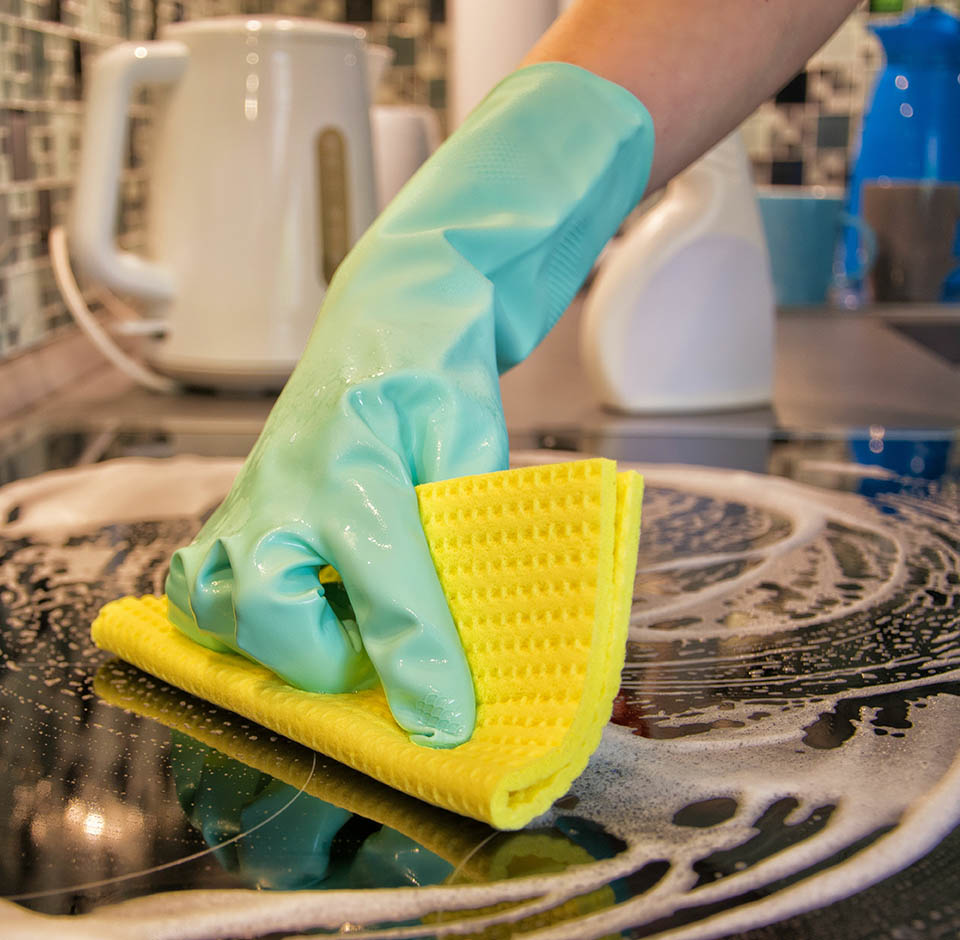
Thorough cleaning of aquarium ornaments is crucial for maintaining a healthy and visually appealing aquatic environment. Proper cleaning methods prevent the buildup of algae, debris, and harmful bacteria, ensuring the longevity and aesthetic appeal of your aquarium. This section details step-by-step procedures for various ornament materials, emphasizing the importance of gentle handling and the prevention of damage.
Ceramic Ornament Cleaning
Ceramic ornaments are durable and often come in intricate designs. Their porous nature can trap debris and algae, requiring a careful cleaning approach.
- Rinse Thoroughly: Begin by submerging the ornament in a container of aquarium-safe water. Use a gentle stream of water to dislodge loose debris, dust, and algae from the ornament’s surface.
- Scrub Gently: For stubborn algae or buildup, use a soft-bristled brush or sponge. Scrub the ornament’s surface in a circular motion, avoiding harsh scrubbing that might damage the ceramic. Use aquarium-safe cleaning solutions if needed, but always rinse thoroughly afterward to remove any residues.
- Dry Carefully: After thorough rinsing and scrubbing, gently remove the ornament from the water. Gently pat it dry with a clean, soft cloth. Avoid using harsh or abrasive materials that could scratch or damage the surface.
Glass Ornament Cleaning
Glass ornaments offer a transparent aesthetic, but their delicate nature requires careful handling to avoid scratching.
- Rinse Thoroughly: Submerge the ornament in a container of aquarium-safe water. Use a gentle stream of water to remove loose debris and algae.
- Clean with Soft Cloth: Use a microfiber cloth or a soft sponge to gently wipe the ornament’s surface. Avoid using abrasive materials or harsh chemicals, as they can scratch the glass. Focus on removing algae and buildup by gently wiping in a circular motion.
- Rinse Again and Dry: Rinse the ornament thoroughly with clean water to remove any cleaning solution residues. Gently pat the ornament dry with a soft, lint-free cloth to prevent water spots.
Plastic Ornament Cleaning
Plastic ornaments are popular due to their affordability and variety. They can accumulate algae and other organic matter, which can affect their appearance and water quality.
- Rinse Thoroughly: Submerge the ornament in a container of aquarium-safe water and use a gentle stream to remove loose debris and surface grime.
- Scrub with Soft Brush: Use a soft-bristled brush or sponge to scrub the ornament’s surface in a circular motion, focusing on areas with algae buildup. Use aquarium-safe cleaning solutions if necessary, ensuring thorough rinsing.
- Dry Thoroughly: Rinse the ornament thoroughly to remove all cleaning solution residues. Dry the ornament gently with a soft cloth to avoid any water spots.
Natural Stone or Wood Ornament Cleaning
Natural stone or wood ornaments bring a natural aesthetic to the aquarium. They require gentle cleaning methods to prevent damage.
- Rinse Thoroughly: Submerge the ornament in a container of aquarium-safe water. Use a gentle stream to remove loose debris and algae. Avoid submerging for extended periods to prevent water absorption and potential damage to the material.
- Wipe Gently: Use a soft cloth or sponge to gently wipe the ornament’s surface. Avoid harsh scrubbing, which could damage the natural texture or finish.
- Dry Carefully: Rinse the ornament thoroughly and pat it dry with a soft cloth. Avoid leaving water spots that can attract dust and debris.
| Ornament Type | Step 1 | Step 2 | Step 3 |
|---|---|---|---|
| Ceramic | Submerge in water, rinse with gentle stream | Scrub with soft brush/sponge, use cleaning solution (if needed) | Pat dry with soft cloth |
| Glass | Submerge in water, rinse with gentle stream | Wipe with microfiber cloth/sponge | Rinse thoroughly, pat dry with soft cloth |
| Plastic | Submerge in water, rinse with gentle stream | Scrub with soft brush/sponge, use cleaning solution (if needed) | Rinse thoroughly, dry with soft cloth |
Cleaning Solutions and Their Effectiveness
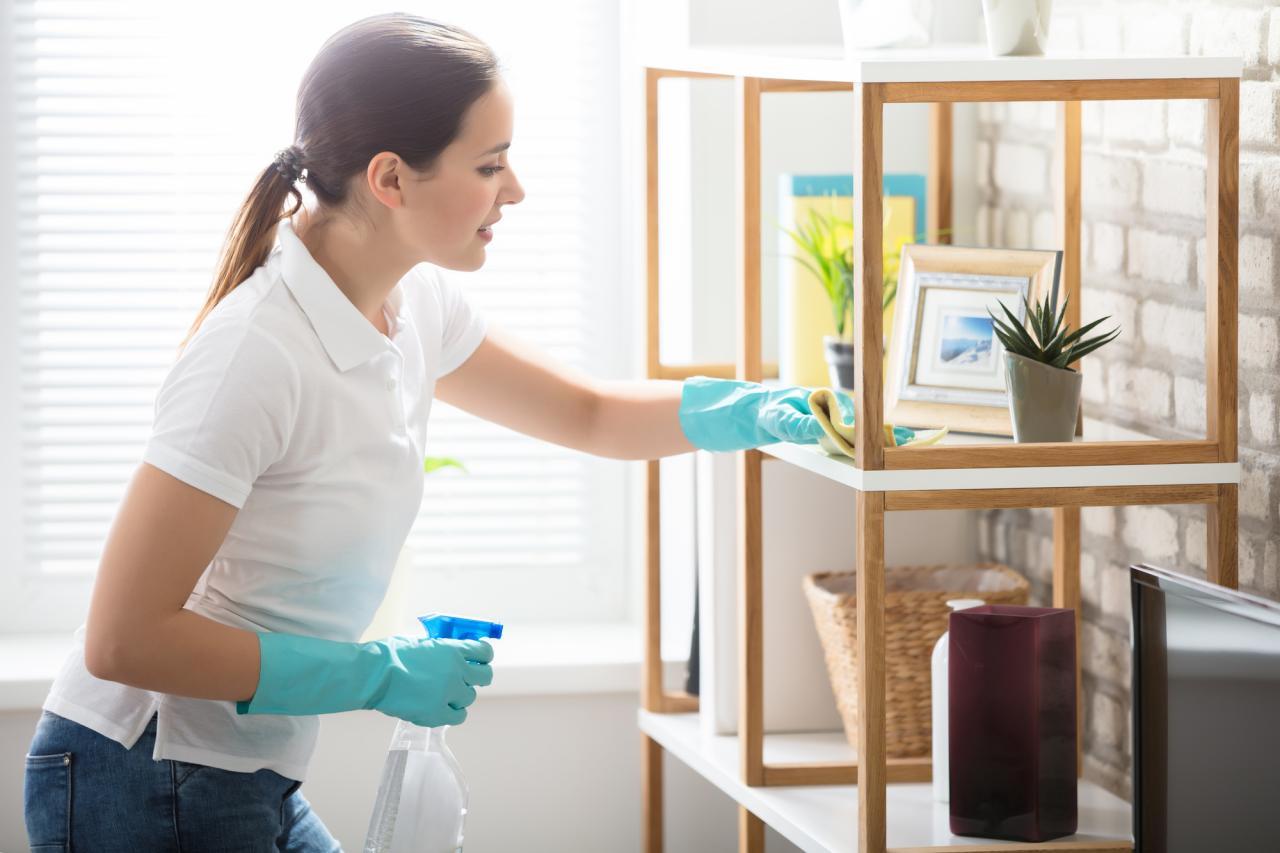
Selecting appropriate cleaning solutions is crucial for maintaining the aesthetic appeal and hygiene of aquarium ornaments. Carefully chosen solutions can effectively remove grime and algae without harming the delicate balance of the aquarium ecosystem. Understanding the specific needs of different ornament materials and the potential risks associated with various cleaning agents is essential for a safe and successful cleaning process.Choosing the right cleaning solution depends on the material of the ornament.
Some materials are more susceptible to damage from harsh chemicals than others. Safe and effective cleaning solutions should not only remove dirt and algae but also protect the integrity of the ornament. Natural alternatives often offer a gentler approach compared to commercial cleaning products.
Safe Cleaning Solutions for Aquarium Ornaments
A variety of safe cleaning solutions can effectively maintain the cleanliness of aquarium ornaments. Careful selection of solutions ensures the safety of aquatic life and the longevity of the ornaments.
- Mild dish soap: A mild dish soap solution is a common and effective choice for removing general grime and algae. It is generally safe for most ornament materials, but it’s essential to rinse thoroughly to prevent residue buildup.
- White vinegar: White vinegar is a natural acidic solution that can help remove stubborn algae and mineral deposits. It is generally safe for most materials, but avoid using it on certain materials that may be susceptible to damage from prolonged exposure to acidic solutions.
- Baking soda: Baking soda is a gentle abrasive that can help remove tough stains and discoloration. It is a safe option for many ornament materials, but it’s important to avoid excessive scrubbing to prevent scratching.
- Water: Pure water is often the best initial cleaning agent. Thorough rinsing can remove loose debris and prepare the ornament for more targeted cleaning solutions if needed.
Effectiveness of Cleaning Solutions on Different Materials
The effectiveness of a cleaning solution can vary depending on the material of the ornament. Some materials might require a more aggressive approach, while others might be damaged by harsh chemicals.
| Ornament Material | Recommended Cleaning Solution | Precautions |
|---|---|---|
| Glass | Mild dish soap, water, or white vinegar | Avoid abrasive cleaners, as they may scratch the glass surface. |
| Ceramic | Mild dish soap, water, or white vinegar | Avoid excessive scrubbing, as it might damage the surface. |
| Resin | Mild dish soap, water, or a mixture of baking soda and water | Avoid harsh chemicals, as they may damage the resin’s surface. |
| Wood | Mild dish soap, water | Avoid harsh chemicals or abrasive cleaners that might damage the wood’s integrity. Thorough rinsing is essential. |
Comparing Commercial and Natural Alternatives
Commercial cleaning solutions often contain harsh chemicals that can be harmful to aquatic life. Natural alternatives, like vinegar and baking soda, are generally safer options, but their effectiveness may vary depending on the type of stain or algae.
Commercial cleaning solutions may offer quicker results, but they often come with the risk of harming aquatic life and leaving residue. Natural alternatives provide a gentler cleaning process.
Safety Precautions When Using Cleaning Solutions
Carefully following safety precautions when using cleaning solutions is paramount to prevent harm to both aquatic life and the cleaning equipment. Thorough rinsing is essential to remove any residual cleaning agent.
- Always test cleaning solutions on a small, inconspicuous area of the ornament before applying it to the entire piece.
- Avoid using cleaning solutions directly on live plants or fish.
- Rinse thoroughly with dechlorinated water to remove any remaining cleaning agent.
- Always supervise children when handling cleaning solutions.
Preventing Future Buildup on Ornaments
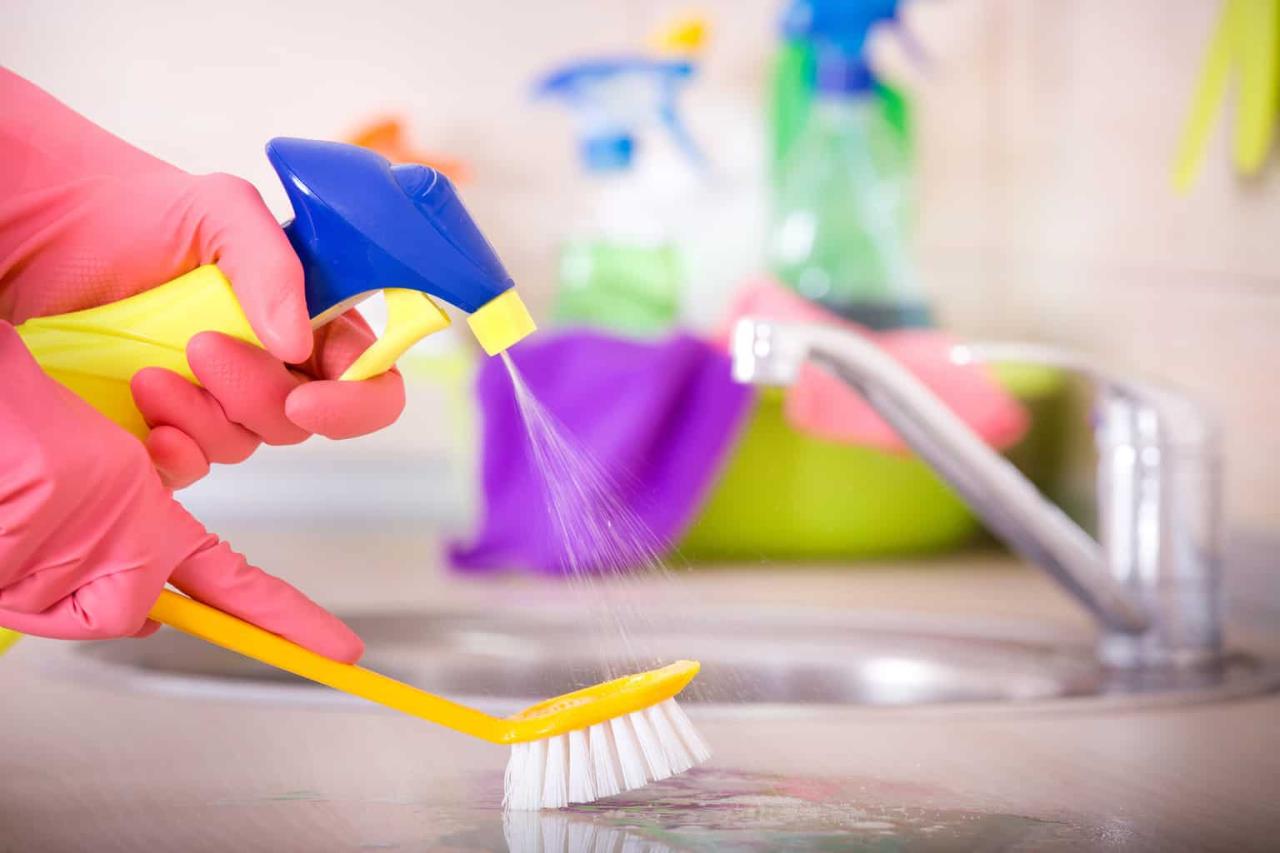
Maintaining a pristine aquarium environment, where ornaments sparkle and remain free from unsightly buildup, requires proactive measures beyond just cleaning. Preventing future buildup is crucial for long-term aquarium health and aesthetic appeal. This involves understanding the factors that contribute to buildup and implementing strategies to minimize their impact.Preventing buildup is more than just a periodic cleaning task; it’s an integral part of maintaining a healthy and thriving aquarium ecosystem.
Consistent maintenance, coupled with an understanding of the aquarium’s dynamics, is key to keeping ornaments clean and vibrant.
Strategies for Preventing Algae Growth
Preventing algae growth on aquarium ornaments begins with maintaining ideal water parameters. Maintaining a stable water chemistry, including appropriate levels of ammonia, nitrite, nitrate, and pH, significantly reduces the likelihood of algae blooms. Consistent monitoring and adjustments to these parameters are essential. Algae thrives in environments with excessive nutrients, so a well-balanced diet for fish and a consistent filtration system are vital.
Maintaining a Healthy Aquarium Environment
A healthy aquarium ecosystem is the first line of defense against ornament buildup. This includes a robust filtration system that effectively removes waste products. A well-maintained filter prevents nutrient overload, which can promote algae growth. Regular water changes, typically performed weekly or bi-weekly, remove accumulated waste and excess nutrients. A regular schedule helps maintain stable water parameters and minimizes the buildup of organic matter.
Role of Water Changes and Filtration
Regular water changes are essential for maintaining a healthy aquarium environment and preventing buildup. These changes remove accumulated waste, excess nutrients, and potentially harmful substances. An effective filtration system plays a critical role in preventing buildup. The filter effectively removes suspended particles and waste products, preventing them from accumulating on ornaments. This helps maintain water clarity and discourages the growth of algae.
Importance of Regular Cleaning Schedules
A well-defined cleaning schedule is crucial for maintaining ornament cleanliness and preventing future buildup. Establishing a routine for ornament cleaning, along with other aquarium maintenance tasks, prevents the accumulation of organic matter and algae. The frequency of cleaning depends on the rate of buildup, the type of ornament, and the overall health of the aquarium. A weekly check of ornaments, combined with other maintenance routines, can help prevent excessive buildup.
Impact of Aquarium Inhabitants
The inhabitants of the aquarium play a crucial role in ornament buildup. Overfeeding fish or having too many fish for the tank’s size can lead to excessive waste production. This waste can contribute to the growth of algae and other organisms. Maintaining a balanced fish population, alongside proper feeding practices, can significantly reduce the amount of organic matter in the water, thus minimizing buildup on ornaments.
Proper feeding, fish numbers, and waste management are all linked to the health of the aquarium environment and subsequent ornament cleanliness.
Troubleshooting Common Cleaning Issues
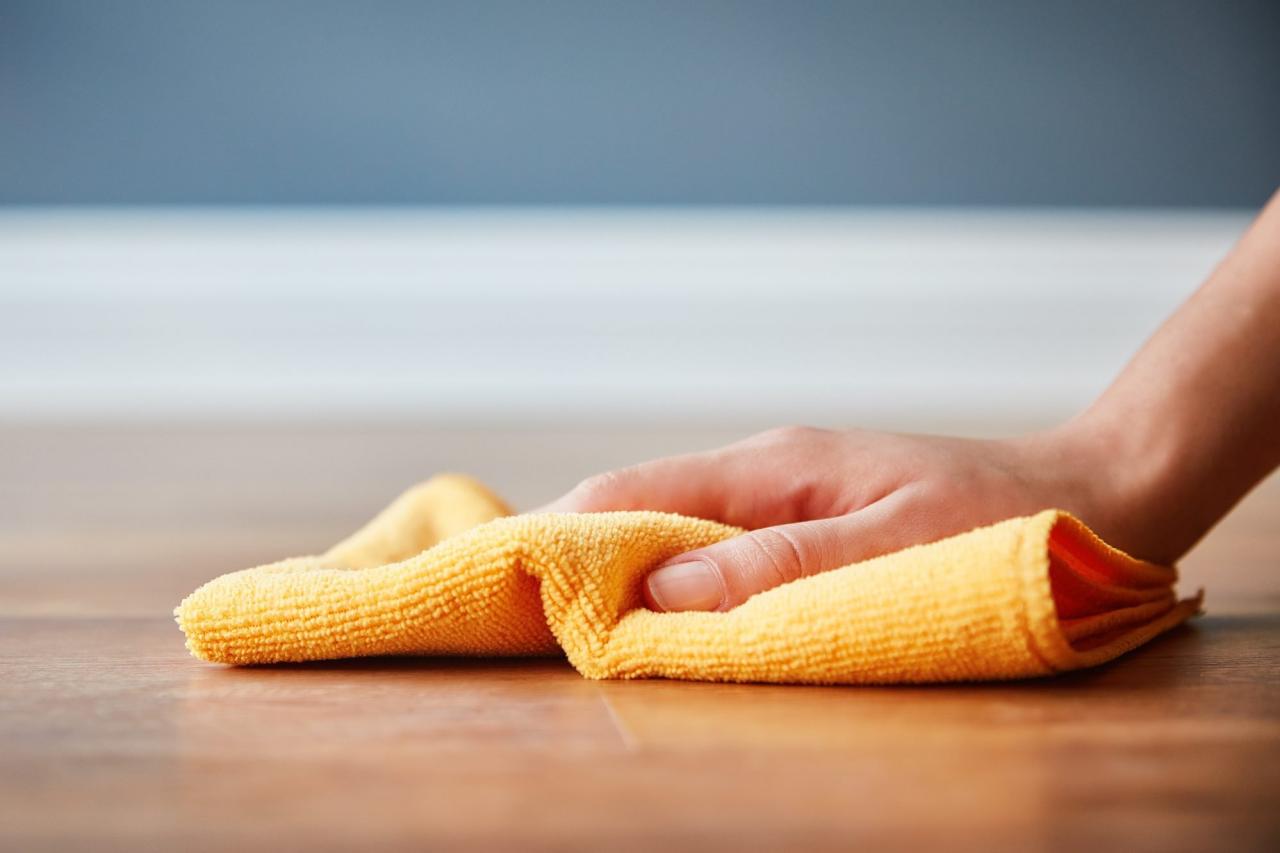
Maintaining the aesthetic appeal and longevity of aquarium ornaments requires careful attention to detail during the cleaning process. Small errors can lead to noticeable damage, impacting the overall health and beauty of your aquatic environment. Understanding potential problems and their solutions is crucial for successful ornament maintenance.Careful cleaning methods are paramount to avoid causing damage to the delicate surfaces of aquarium ornaments.
By recognizing potential issues and implementing appropriate solutions, you can prevent further damage and maintain the pristine condition of your aquarium décor.
Identifying and Addressing Scratches
Scratches are a common concern when cleaning aquarium ornaments. They can arise from abrasive cleaning agents, improper scrubbing techniques, or using cleaning tools that are too harsh for the ornament’s material. Applying excessive pressure during cleaning or using rough cloths can also contribute to scratching. Minimizing contact and employing gentle scrubbing methods significantly reduces the risk of scratching.To address scratches, consider the severity and location of the damage.
For minor scratches, a gentle polishing with a soft cloth or a specialized polishing compound can often restore the ornament’s surface. More substantial scratches might necessitate replacing the ornament, depending on its material and aesthetic value. Prevention is key. Using soft cloths and avoiding harsh scrubbing techniques are crucial for preserving the ornament’s pristine condition.
Understanding Discoloration and Staining
Discoloration or staining on aquarium ornaments can result from various factors, including prolonged exposure to water with high mineral content, the presence of algae or other biological contaminants, or the use of inappropriate cleaning solutions. Identifying the source of discoloration is vital for implementing the right solution.Different materials react differently to cleaning solutions. For example, some plastics may become discolored when exposed to strong cleaning agents.
Observing the ornament’s material and the cleaning methods used can help determine the cause of discoloration. For instance, if the discoloration appears in areas that were in direct contact with the cleaning solution, the solution may be incompatible with the ornament’s material.
Troubleshooting Table
| Issue | Potential Cause | Solutions |
|---|---|---|
| Scratches | Abrasive cleaning agents, improper scrubbing techniques, using rough cloths, excessive pressure during cleaning, inappropriate cleaning tools for the ornament’s material. | For minor scratches, use a soft cloth and a specialized polishing compound. For more substantial scratches, consider replacing the ornament. Employ gentle scrubbing methods and avoid harsh cleaning tools. |
| Discoloration | Prolonged exposure to water with high mineral content, presence of algae or other biological contaminants, or use of inappropriate cleaning solutions. Incompatible cleaning agents with the ornament’s material. | Identify the specific cause of discoloration. If mineral buildup, try a gentle vinegar solution. If algae, address the algae growth in the aquarium. If solution incompatibility, use a suitable cleaning solution for the ornament’s material. Thoroughly rinse the ornament after cleaning. |
| Fading | Prolonged exposure to sunlight or UV light, or the use of improper cleaning solutions. | Reduce the ornament’s exposure to sunlight or UV light. Use cleaning solutions appropriate for the ornament’s material and avoid leaving the ornament submerged in the solution for prolonged periods. |
Concluding Remarks
In conclusion, maintaining a clean and healthy aquarium involves diligent attention to detail. By understanding the unique cleaning requirements of different ornament materials, employing appropriate cleaning tools and solutions, and implementing preventive measures, you can keep your aquarium’s aesthetic appeal and the well-being of your aquatic pets in top condition. This guide has equipped you with the knowledge and strategies to tackle ornament cleaning effectively.